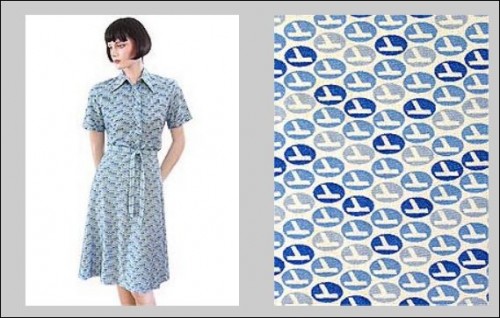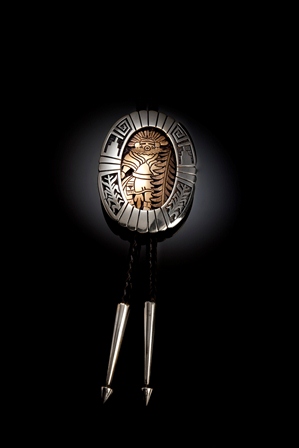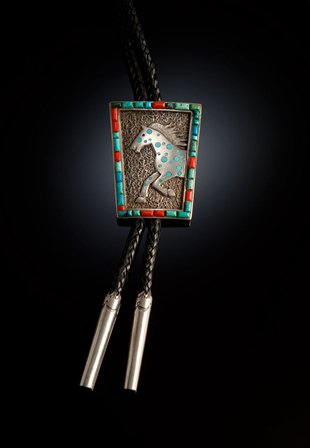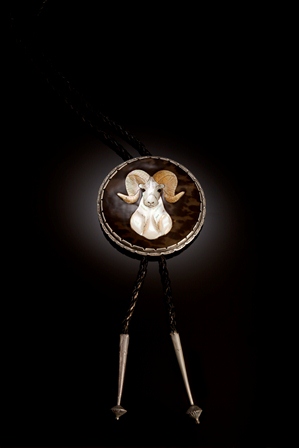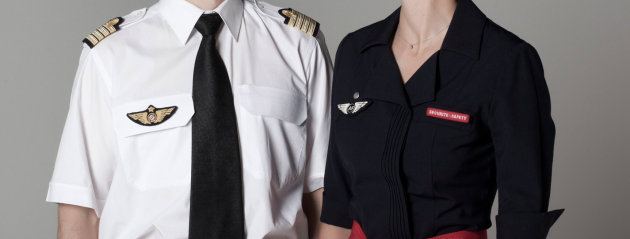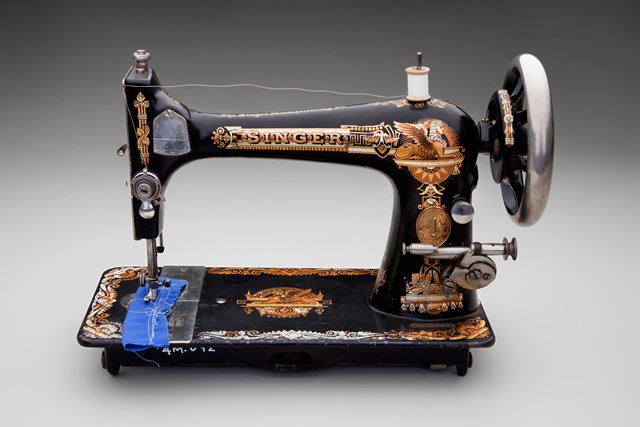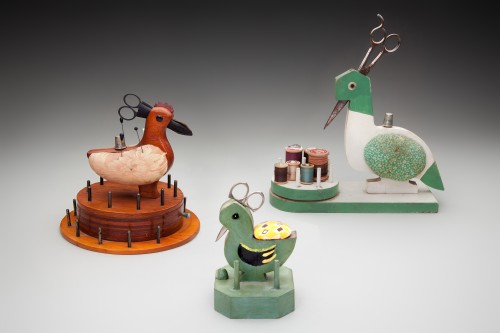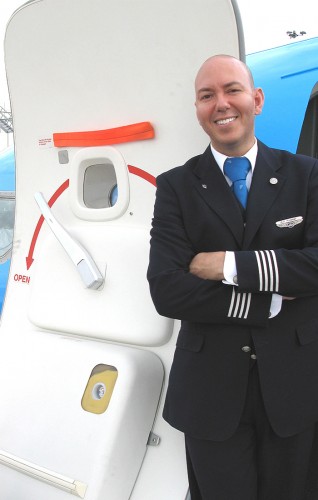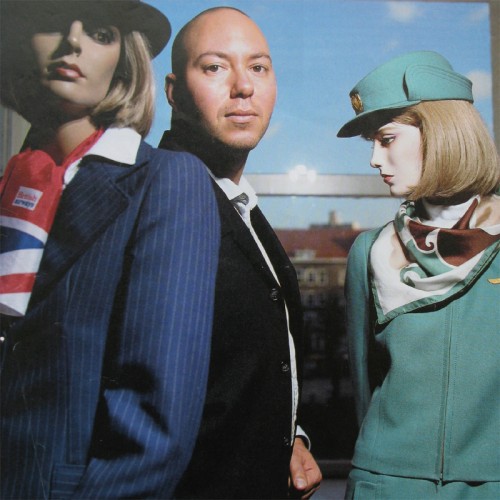The group trying to bring back Eastern Air Lines, the iconic Miami-based carrier that operated from the 1920s until 1991, has been filing paperwork, shopping for airplanes and dreaming about what crew members will wear in the aisles.
In January, the Eastern Air Lines Group filed its initial application with the U.S. Department of Transportation and starting putting together operating manuals for submission to the Federation Aviation Administration.
The company, which acquired the old Eastern name and logo in 2009, is now in discussions with major aircraft leasing companies for a fleet of new aircraft.
“We expect to conclude arrangements in the next few weeks,” said Eastern’s president and CEO Edward Wegel.
The airline plans to complete all regulatory requirements by the end of 2014, but the timeline for actually take-off, first as a charter operator and, later, with scheduled service, is up to the FAA and DOT.
While it waits for approvals, Eastern has asked Miami Fashion Week organizers to invite top fashion designers from South Florida to create uniforms for the airline’s modern-day flight attendants.
“The flight attendants will be recruited from the region and the company wants to capture, as much as possible, the look and feel of the Miami/Caribbean/Latin American landscape in the styling of the new uniforms,” read the official contest rules.
Designers have been asked to submit sketches and mood boards for four outfits, plus a design for uniforms that might be worn in 2050. Winning designs will be announced during Miami Fashion Week, which runs May 15-18.
“Previous Eastern Air Lines uniforms used a classic houndstooth print, which I love,” said designer Nikki Poulos , one of the invited contestants.
She created a new houndstooth print as part of her entry.
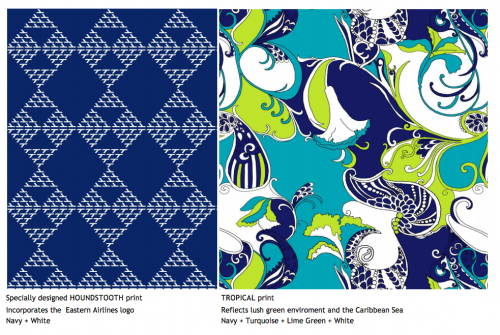
Houndstooth and Tropical print for Eastern Air Lines by Nikki Poulos. Courtesy of the designer and Miami Fashion Week
“Look closely at the print and you will see the Eastern Air Lines logo as the main graphic element,” said Poulos. She also created a tropical print using the airline’s signature colors of navy, turquoise and white – with an added splash of lime green – to capture the South Florida environment.
Unfortunately, given the turbulent nature of the U.S. airline industry, it may be quite a while before the winning Eastern Air Lines uniform gets to fly.
According to an unofficial compilation of airline bankruptcies put together by airline trade group Airlines for America, there have been 196 U.S. airline bankruptcies since 1979, with 49 of those bankruptcies taking place since January 1, 2001.
“You now have four very large airlines – American, Delta, United and Southwest – dominating the industry,” said Joshua Schank, president and CEO of the Eno Center for Transportation, “And the history of failure for start-ups in this industry has caused investors to be wary.”
This past March, for example, Florida Express Jet abruptly canceled planned service it had announced between several Sunshine State cities.
PEOPLExpress, which like Eastern, is trying to create a new airline with an old name, “doesn’t seem to be making a great deal of progress,” said George Hamlin, president of Hamlin Transportation Consulting, “But there are a few notable exceptions, including JetBlue and Virgin America, which took many years to achieve a profit,” he said.
Eastern still has name recognition and nostalgia for the ‘good old days’ of flying on its side.
“It was one of the largest airlines in the world and retains good brand equity as it was the largest airline to fly to Latin America and the Caribbean and also operated the famous Eastern Shuttle between New York, Boston and Washington,” notes Eastern’s Wegel.
But that may not be enough.
“The chance of any airline startup working out is now well under 50 percent,” said Schank, “The chances of reviving an old brand are even worse.”
(A different version of my story about Eastern Air Lines first appeared on NBC News Travel.)
